 Although Hob Moor may look like a large area of uninteresting grassland, one of the main reasons for it being a Local Nature Reserve is its rich variety of flowers and grasses. Open, cattle-grazed swards (areas of grassland) cover all of Hob Moor except The Triangle; Little Hob Moor is mostly undistinguished grass, with some allotments and a small area which is being developed as a wild flower meadow. In contrast to garden flowers, wild flowers thrive better in infertile soils. If the soil is too fertile, they will be swamped by more vigorous plants such as courses grasses and thistles.
Although Hob Moor may look like a large area of uninteresting grassland, one of the main reasons for it being a Local Nature Reserve is its rich variety of flowers and grasses. Open, cattle-grazed swards (areas of grassland) cover all of Hob Moor except The Triangle; Little Hob Moor is mostly undistinguished grass, with some allotments and a small area which is being developed as a wild flower meadow. In contrast to garden flowers, wild flowers thrive better in infertile soils. If the soil is too fertile, they will be swamped by more vigorous plants such as courses grasses and thistles.
The flora in each of the different areas are described below. A full list of all the plants found on the moor is at the bottom of this section.
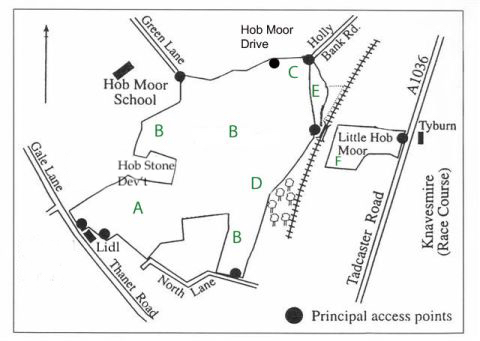
The area behind the Baths (see area A on the above map) is hummocky ground with variable soils consisting of a mixture of sandy and clayey loams.
The swards here reflect the reseeding carried out after Kelsey’s Pond was backfilled in the 1950s and are dominated by perennial rye-grass with abundant cocksfoot, rough meadow-grass and white clover. There are some buttercups, and nettles and creeping thistle grow in patches; common vetch (above left) is present and annual cranesbills and lesser trefoil (above right) are found near the paths.
The majority of the moor (areas marked B) has most variety. The grasses include meadow foxtail, crested dogstail, red fescue, creeping bent, cocksfoot and Yorkshire fog, with some occasional tussock grass and sweet vernal grass.
Meadow buttercup, bulbous buttercup and common sorrel are abundant and there are patches of red clover and white clover. Occasional species include field woodrush, germander speedwell, meadow vetchling and yarrow; pignut is abundant towards the north-east part of the moor. There are large areas of creeping thistle, some small patches of great burnet, and some individual spear thistles.
The soil in the north-east corner (area C) is more sandy. Fine-leaved grasses like red fescue and common bent are abundant, and catsear and harebell indicate less fertile conditions. The dry sandy soils also support a number of gorse bushes.
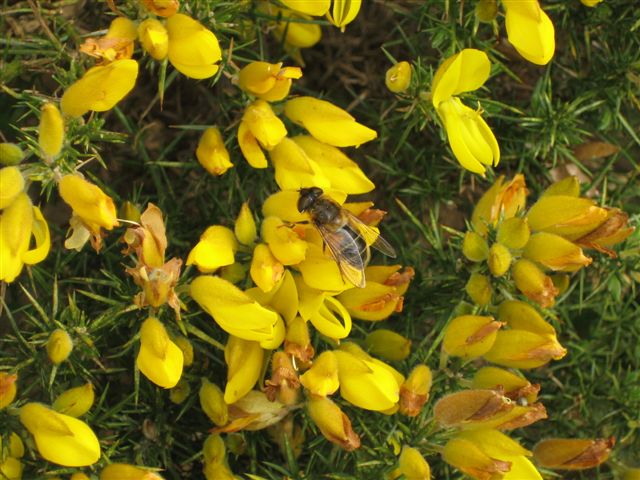

Near the eastern edge of the moor, south of the underpass, is a similarly less fertile area (area D), supporting a rich diversity of flora including common knapweed, red clover and birdsfoot trefoil; tormentil thrives in small patches. This type of grassland was once very common throughout the country but is now rare.
The Triangle (area E) is a small area of acidic grassland, on sandy soil, and not grazed (except by rabbits). This very distinctive type of grassland contains sheep’s fescue, common bent and creeping soft-grass. The flowers include sheep’s sorrel, tormentil, great burnet and heath bedstraw. There are very few examples of acidic grassland in the City of York although there are extensive areas on Strensall Common.
On Little Hob Moor, in the corner south of the underpass (area F), is a section which is not mown regularly and is not grazed, except by rabbits. The soil here is relatively infertile. This area – part of the former brick yard site – has been developed into a wildflower meadow.
In autumn 2001, plugs grown from seed gathered in Yorkshire were planted: oxeye daisy, selfheal, lady’s bedstraw, betony, birdsfoot trefoil and cowslip. Following this, local yellow rattle seed was scattered. All these additions complemented the wild flowers already present, which included vetches, yarrow, dark mullein, tansy, red bartsia, teasel and goat’s beard.
Playing Fields
In the past, Hob Moor has often been used for playing sports. York Rugby Union Club, now based at Clifton Park on Shipton Road, used to play here regularly. In the 1980s there were six sports pitches and as recently as 1999 there were still five left: if you look at the 1999 aerial photo here, you can still see them. However, usage has declined greatly since then. As a result of this and a need to encourage breeding areas for the skylarks and meadow pipits, there are now only two mown pitches and even these are only used very occasionally.
List of plants seen by Friends of Hob Moor
Green Alkanet, Crab Apple, Ash
Bastard Balm, Himalayan Balsam, Red Bartsia, Heath Bedstraw, Betony, Greater Bindweed, Hairy Bittercress, Bittersweet, Blackthorn, Spanish Bluebell, Bramble, Soft Brome, Black Bryony, White Bryony, Lesser Burdock, Great Burnet, Bulbous Buttercup, Celery-leaved Buttercup, Creeping Buttercup, Meadow Buttercup
Red Campion, White Campion, Common Catsear, Greater Celandine, Lesser Celandine, Charlock, Rough Chervil, Common Chickweed, Upright Chickweed, Creeping Cinquefoil, Common Cleavers, Red Clover, Red Clover, White Clover, Cocksfoot, Yellow Corydalis, Cowslip, Cutleaved Cranesbill, Dovesfoot Cranesbill, Hedgerow Cranesbill, Small-flowered Cranesbill, Cuckoo Flower, Flowering Currant
Ox-eye Daisy, Common Dandelion, Lesser Dandelion, Red Dead-nettle, White Dead-nettle, Broad-leaved Dock, Clustered Dock, Crested Dog’s-tail
Dwarf Elder, Ground Elder
Feverfew, Water Figwor, Marsh Meadow Foxtail
Goatsbeard, Canadian Golden-rod, Green Goosefoot, Gorse, Groundsel, Guelder Rose
Tufted Hair-grass, Harebell, Hawkweed, Beaked Hawksbeard, Smooth Hawksbeard, Hawthorn, Bennet Herb, Robert Herb, Giant Hogweed, Honeysuckle, Horseradish, Field Horsetail
Yellow Iris, Ground Ivy
Black Knapweed, Greater Knapweed, Knotgrass, Giant Knotweed
Lady’s Smock, Wall Lettuce, Lords-and-ladies
Common Mallow, Musk Mallow, Corn Marigold, Marram, Pineapple Mayweed, Meadowsweet, Meadow Grass, Black Medick, Common Mouse-ear, Mugwort, Dark Mullein, Great Mullein, Garlic Mustard, Hedge Mustard
Woody Nightshade, Stinging Nettle, Nipplewort
Bee Orchid
Cow Parsley, Pellitory-of-the-wall, Pignut, Greater Plantain, Ribwort Plantain, Opium Poppy, Evening Primrose, Wild Privet
Horse Radish, Common Ragwort, Oxford Ragwort, Raspberry, Yellow Rattle, Redshank, Dog Rose, Soft Rush
Perforate St.John’s Wort, Fine-leaved Sandwort, Thyme-leaved Sandwort, Burnet Saxifrage, Self-heal, Shepherd’s Purse, Silverweed, Sneezewort, Common Sorrel, Sheep’s Sorrel, Yellow Sorrel, Prickly Sow-thistle, Smooth Sow-thistle, Common Field Speedwell, Germander Speedwell, Lilac Ivy-leaved Speedwell, Thyme-leaved Speedwell, Broad-leaved Spurge, Sun Spurge, Greater Stitchwort
Tansy, Hairy Tare, Teasel, Creeping Thistle, Spear Thistle, Timothy, Ivy-leaved Toadflax, Tormentil, Birdsfoot Trefoil, Lesser Trefoil
Bush Vetch, Common Valerian, Meadow Vetchling
Fool’s Watercress, Great Willowherb, Rosebay Willowherb, Square-stemmed Willowherb, Field Woodrush, Hedge Woundwort
Red Yarrow, White Yarrow, Yorkshire Fog
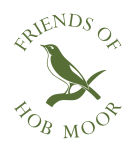












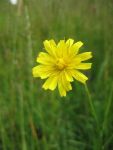
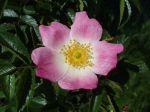



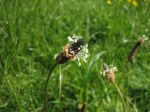

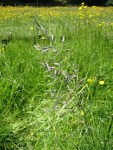

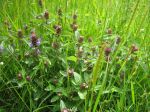
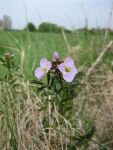
That is a great tip particularly to those new to the blogosphere.
Brief but very precise info… Thanks for sharing this one.
A must read post!
LikeLike